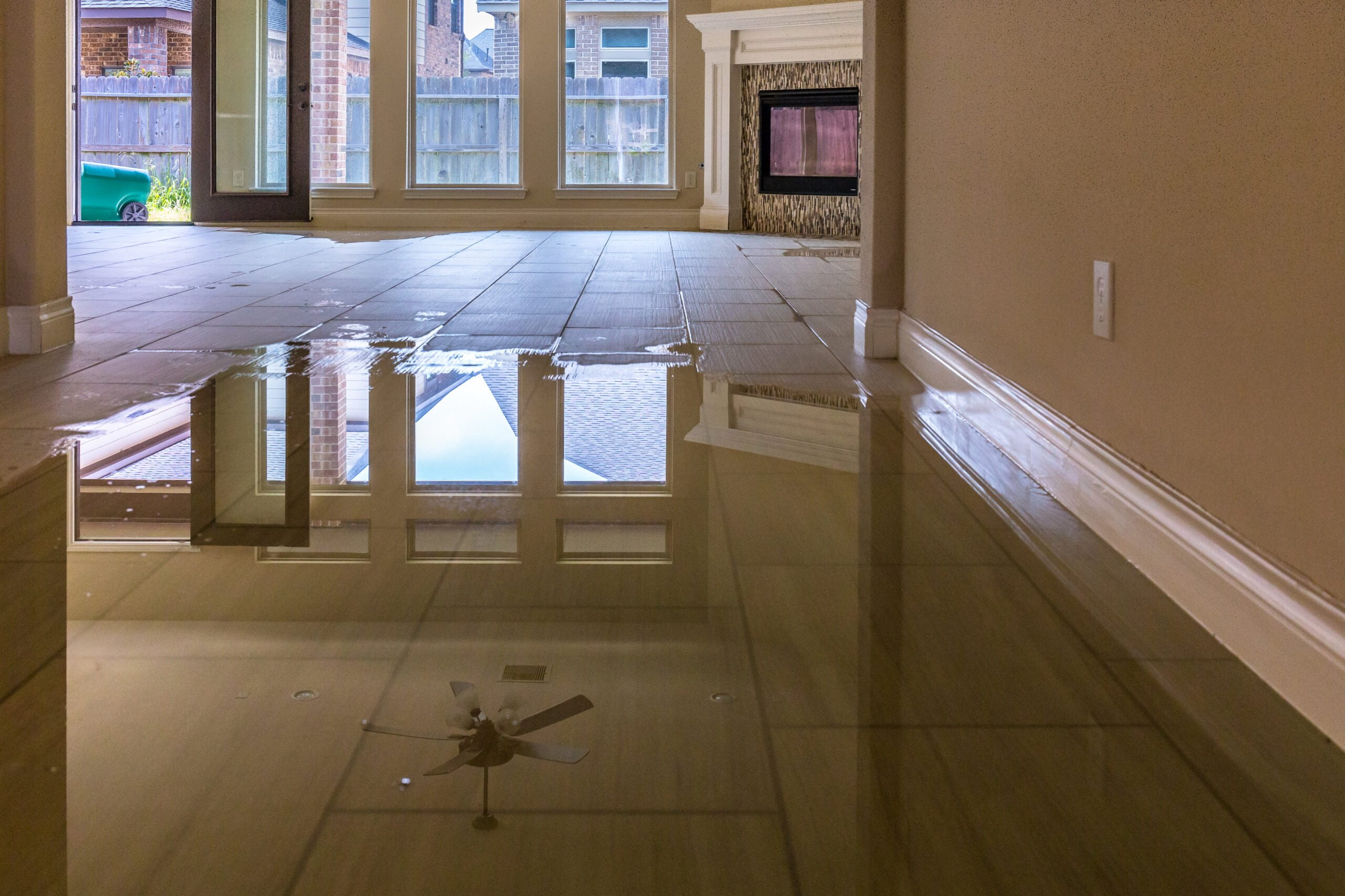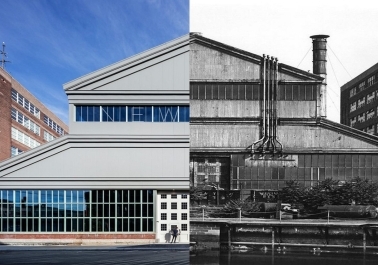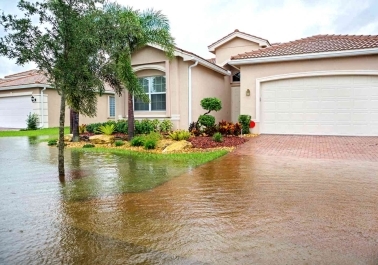
Experiencing a flooded home can be a devastating and overwhelming situation. Water damage can cause significant structural issues, ruin personal belongings, and lead to mold growth if not addressed promptly and effectively. In this article, we will provide you with essential information about water damage restoration, guiding you through the steps to take when facing a flooded home. Understanding the restoration process is crucial to minimizing damage, ensuring your safety, and restoring your home to its pre-flood condition.
- Ensure Safety First: Before entering a flooded home, prioritize your safety. Ensure that the electricity is turned off at the main circuit breaker to avoid electrical hazards. If necessary, wear protective gear such as gloves, boots, and masks to prevent exposure to contaminated water or potential pathogens.
- Contact Professional Water Damage Restoration Services: Seek the assistance of a reputable water damage restoration company as soon as possible. They have the expertise, experience, and specialized equipment to assess the damage, extract water, and dry affected areas effectively. Quick response is crucial in preventing further damage and mold growth.
- Document the Damage: Document the extent of the water damage by taking photographs or videos of the affected areas. This documentation will be valuable for insurance claims and communicating with restoration professionals. Make a detailed list of damaged items for insurance purposes.
- Extract Water and Dry the Area: The restoration team will use powerful pumps and extraction equipment to remove standing water from your home. They will then employ specialized drying techniques to thoroughly dry the affected areas, including walls, floors, and furniture. Industrial-grade dehumidifiers and air movers may be used to facilitate the drying process.
- Assess Structural Damage: Once the water is extracted and the area is dry, the restoration team will assess any structural damage caused by the flood. This may include inspecting the foundation, walls, flooring, and supporting structures. Addressing structural issues is crucial for a safe and long-lasting restoration.
- Clean and Disinfect: Floodwater often carries contaminants and pathogens, posing health risks. Professional restoration services will thoroughly clean and disinfect the affected areas to ensure a safe living environment. This includes using appropriate cleaning agents and antimicrobial treatments to prevent mold growth and eliminate odors.
- Salvage and Restore Belongings: Restoration professionals will assist in assessing which personal belongings can be salvaged and restored. They will employ specialized techniques to clean and restore furniture, appliances, documents, and other affected items. Items that are beyond repair will be documented for insurance claims.
- Address Mold Prevention: One of the primary concerns after a flood is mold growth. Restoration professionals will apply mold inhibitors and take measures to prevent mold from developing in the future. They may recommend proper ventilation, moisture control, and regular inspections to mitigate mold risks.
- Communicate with Your Insurance Provider: Notify your insurance provider about the flood damage and follow their instructions for filing a claim. Provide them with the necessary documentation, including photographs, lists of damaged items, and restoration estimates. Keep all communication and paperwork organized for a smoother claims process.
Dealing with a flooded home can be challenging, but prompt and professional water damage restoration is key to minimizing the damage and restoring your home. By understanding the steps involved in water damage restoration, from ensuring safety to contacting professionals, documenting the damage, and addressing structural and mold concerns, you can navigate the restoration process with confidence. Remember, seeking professional assistance and acting swiftly are vital in returning your home to a safe and habitable condition after a flood.
Related Posts
Stump Grinder Services in Vancouver, WA: Why Hire a Professional?
Tree removal often leaves behind unsightly stumps that can disrupt the beauty an...
Read More
Modern Church Chairs vs. Traditional Church Pew: Which is Better?
When it comes to furnishing a worship space, the choice between modern church ch...
Read More
Restoring Historic Homes: Preserving the Past After Natural Disasters
Historic homes hold a significant place in our collective heritage, telling stor...
Read More
The Role of Insurance in Weather Damage Restoration: What You Need to Know
Weather-related damages can be devastating, causing significant financial burden...
Read More




